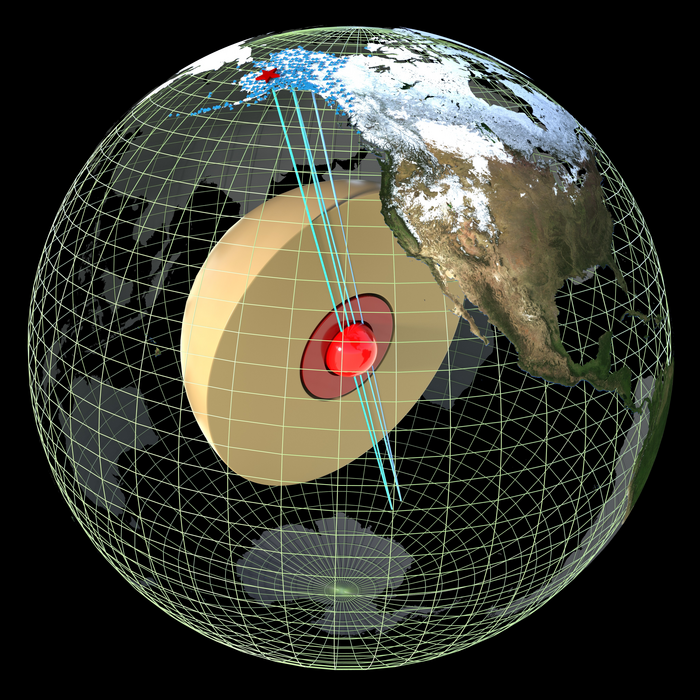Wan-Li Qang-Qeng or “10,000 Li Long Wall”, aka the Great Wall of China, was built as a fortification to protect the Chinese Empire from northern nomadic invaders. There is some disagreement on the length of the Great Wall but estimates range from 5,500 miles (8,851km) to 13,170 miles (21,196km), with the larger number likely the official estimate of the Chinese communist party.
Trillion Dollar Problem, Big Solution
Over the past quarter-century, the United States has experienced over 150 weather related disasters, mostly tornados, each of which has resulted in over $1 billion in damage. In 2011 alone, the worst year on record, there were 12 disasters with cumulative property damages of $52 billion. The total cumulative cost of these events over 25 years, in today’s dollars, approaches $1 trillion.
Organizations charged with keeping track of these statistics include Storm Data, an NCDC Publication, the National Weather Service, the Federal Emergency Management Agency and a variety of US government agencies, individual state emergency management agencies, state and regional climate centers and insurance companies.
But these organizations have been charged with the grim task of reporting on the economic and human costs of extreme weather events without an inkling of hope that they might ever be preventable.
Eliminating Tornadoes
Temple University physicist Rongjia Tao believes tornadoes can be prevented by building three gigantic 100 mile long walls, 1,000 feet tall and 165 feet thick in tornado alley (see map). Tao is far from a quack: he is well respected for pioneering the use of electric and magnetic fields to reduce viscosity of oil in engines and pipelines and recently came up with a blood thinning treatment that also employs magnetic fields.
Three Great Walls
The idea behind the “Three Great Walls” is to create barriers that are de facto hillsides, which would soften winds and prevent formation of tornadoes. The cost of the walls is estimated at $60 billion per 100 miles or $180 billion for the entire project.
Tao notes that China, which experienced only three tornadoes last year, while the US experienced over 180, has large flat plains, like tornado alley, but these are broken up by a series of 1,000 foot high hills running east to west.
Adding Solar Panels Could Pay For The Entire Project
Some quick math shows that embedding solar panels in the top of the three walls, providing approximately 240,000 m² of solar panel area, would produce approximately 33,000 MW of electricity a year. The Three Gorges Dam, by comparison, cost $26 billion and produces 22,500 MW of electricity.
Spending $150 billion to prevent $1 trillion in damages every 25 years seems a small price to pay.. Of course there are skeptics and the environmental impact statement for this type of project would be interesting reading, to say the least.
Related articles on IndustryTap:
- Can Buildings Withstand Level 5 Tornadoes?
- Taming Hurricanes By Feeding To World’s Electric Grid
- Supercomputer Simulations Linchpin Of Third Industrial Revolution
References and related content:






